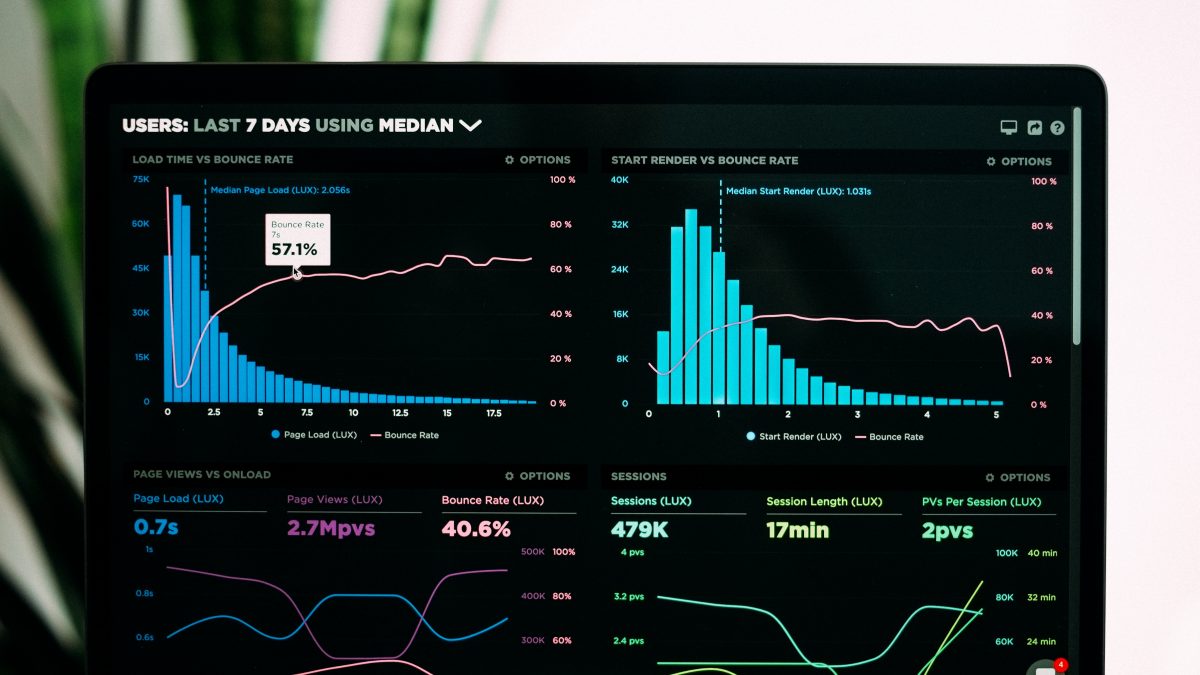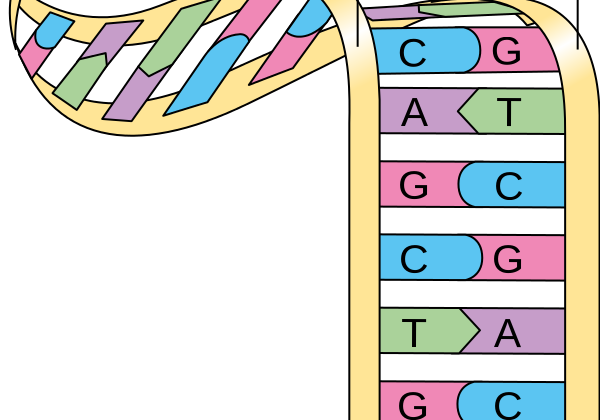AI powered Marketing & Sales — Know thy customers
The advent of the Internet and the rise of hyper-connectivity have cultivated the grounds for the accumulation of an unprecedented mass of data. As you are reading this article user generated digital data is being created and stored in the order of trillions of bytes of data per minute. Somewhere among this data lies your current footprint on this page and all other previous actions you have taken throughout the web. The advancements in the fields of machine learning and AI along with the availability of vast sums of traceable user data are unraveling rare opportunities in marketing and sales. Leveraging data science and machine learning has empowered marketing and sales departments to uncover hidden patterns in user data, enabling them to derive real time actionable decisions that ultimately lead to maximizing customers’ lifetime value and optimizing their engagement.
Machine learning is transforming marketing and sales through predictive analytics and Natural Language Processing (NLP). Predictive analytics enables computers to predict future outcomes based on uncovering patterns in historical data. NLP on the other hand, enables machines to achieve human level language skills in the context of understanding and generating content.
Predictive analytics is breaking ground in marketing and sales by providing forecasting on a variety of metrics that will ultimately lead to optimizing engagement, increasing conversions and maximizing customer lifetime value. Below are 5 areas that predictive analytics is disrupting sales and marketing.
1. Identifying and acquiring high value prospects through lead scoring.
Generating valuable leads and converting them into customers is an essential part of a sales process. However, as most salespeople would agree, not all leads are created equal. The quality of prospecting and lead generation have an enormous effect on new client conversion rates. Predictive analytics algorithms are capable of taking in all related data points associated with a specific prospect and predict a lead score that would indicate the probability for that lead to convert into a paying customer. It helps salespeople to focus their efforts on high value prospects rather than chasing dead ends and cold calls blindly. These algorithms ultimately improve conversion rates and enhance the sales ROI.
2. AI-powered, real time customer segmentation
Customer segmentation often involves grouping customers in different categories based on demographics, behaviors, purchase patterns, etc. Segmentation helps marketing teams strategize targeted campaigns through tailor-made communication, incentives and promotions. The tedious and manual process of breaking up customers into segments is increasingly being transitioned to machine learning models capable of finding correlations between various customers and placing them in their relevant segments. These algorithms uncover hidden patterns which would have been unknown to the naked human eye and allow for real time adjustments and segmentation of customers. Dynamic Yield is a great example of a startup, taking on the challenge of building real-time customer segments.
3. Maximizing customer lifetime value
Understanding Customer Lifetime Value (CLV) as well as trying to maximize it has huge implications for marketing departments. It allows them to adjust their customer acquisition costs, and budget for client on-boarding incentives and promotions. In the past marketing departments would often associate a generic CLV across all their customers or within each segment. However, today’s predictive analytic algorithms are capable of predicting customer-specific CLVs, allowing savvy marketers to budget promotions and incentives specifically for every customer. Hence achieving a better bang for their buck for every marketing dollar spent. At Optima AI we have worked with clients who have leveraged this technique to predict customer specific CLVs and have utilized them to optimize their client acquisition costs for each specific client (Learn more) .
4. Intelligent cross-selling, up-selling and recommendation engines
AI algorithms are becoming extremely good at figuring out what complementary products and services would serve their clients best. We have all been to that e-commerce site where we have added a product to the cart and the recommendations that followed deeply resonated with us. These recommendation engines are powered by predictive analytic algorithms and most often than not, they know better than ourselves as to what else might complement our cart. Some of the more mature and sophisticated recommendation engines are being offered by sites such as Amazon, Netflix and Youtube. Long are gone the days that I would spend hours searching Youtube for engaging content. These days I just look up the recommended videos tab to find my next favorite video content.
5. Predicting customer loyalty score
Loyalty programs are often the go to solution for marketers to enhance customer retention and optimize for their lifetime value. At Optima AI we took on a challenge to predict loyalty scores for new customers and uncover the patterns that what would lead to high loyalty scores for new customers (Learn more).The predictive models that we developed were able to uncover the underlying correlations that ultimately lead to loyal customers. This data enables marketing departments to leverage loyal customers as brand ambassadors early on, and engage customers with low scores in order to transition them to higher score on the loyalty spectrum.
Natural language processing is another frontier of AI where significant breakthroughs are being made to help marketing and sales teams achieve superhuman results.

- Nowadays virtual chat bots seem to be popping up on every website on the internet. They are usually intelligent, friendly and somewhat annoying. They are a new frontier in sales, allowing for a scalable solution to identify high value prospects, screen them and pass them to the right person that could convert them into paying customers. Online chat had been already established for many years as a high value conversion channel. That immediate attention and response provided by an online chat representative creates the perfect engagement experience for a potential customer. Though effective, it is quite challenging to provide online chat sales and support services for a website with millions of visitors per day. It would require an army of sales and customer service reps to respond to all customer requests with care. With the recent advancements in the field of NLP the virtual chat-bots are replacing their human counterparts as the first line of response in both sales and support areas. These bots identify prospect requirements, their intentions and can provide lead scoring predictions within the first few lines of the conversation. This data allows the prospects to be segmented, graded and then routed to the correct department that can best address their needs.
- Online marketing gurus would agree that great content makes for great sales if presented to the right audience. NLP algorithms are capable of monitoring all public content of an organization including blog posts, support articles and FAQ questions. These tools would compile the relevant topics in a digestible manner and send them to high value prospects and clients that would find them most useful. Imagine there is a product feature that would be suitable for a certain client, based on their product usage patterns. The specific client may not be using that feature because they either don’t know what it does or they are not aware of how it could benefit their business. These intelligent algorithms can identify and deliver the appropriate feature related content for this specific client and improve their overall product engagement.
- NLP is making breakthroughs in the sales operations and training processes as well. Sales people rely heavily on training, role playing, and listening to countless hours of sales calls to figure out what resonates with prospects and what does not, and ultimately craft the perfect pitch for each customer segment. New tools and applications are transforming this field by offering services for transcribing and analyzing sales calls, demos, and meetings at scale, hence helping sales teams to become more effective with their pitch and improve conversions. Gong is one of the pioneers in this space by helping “B2B sales teams convert more of their pipeline into closed revenue by shining the light on their sales conversations.”
Machine learning and artificial intelligence is changing many industries across the board. Marketing and sales is an area where ML and AI are making tangible breakthroughs to achieve optimum results in client acquisition, improving client engagement and maximizing client lifetime value. At Optima AI, an artificial intelligence company, we are partnering with industry leading organizations to bring AI into their marketing and sales processes to push the boundaries of science and technology while bringing tangible results to their bottom line.
Related Posts
Leave a Reply Cancel reply
Categories
- Cloud Computing (2)
- Computer Vision (6)
- Financial Services (2)
- Health Care (2)
- Marketing (1)
- Predictive Analytics (3)




